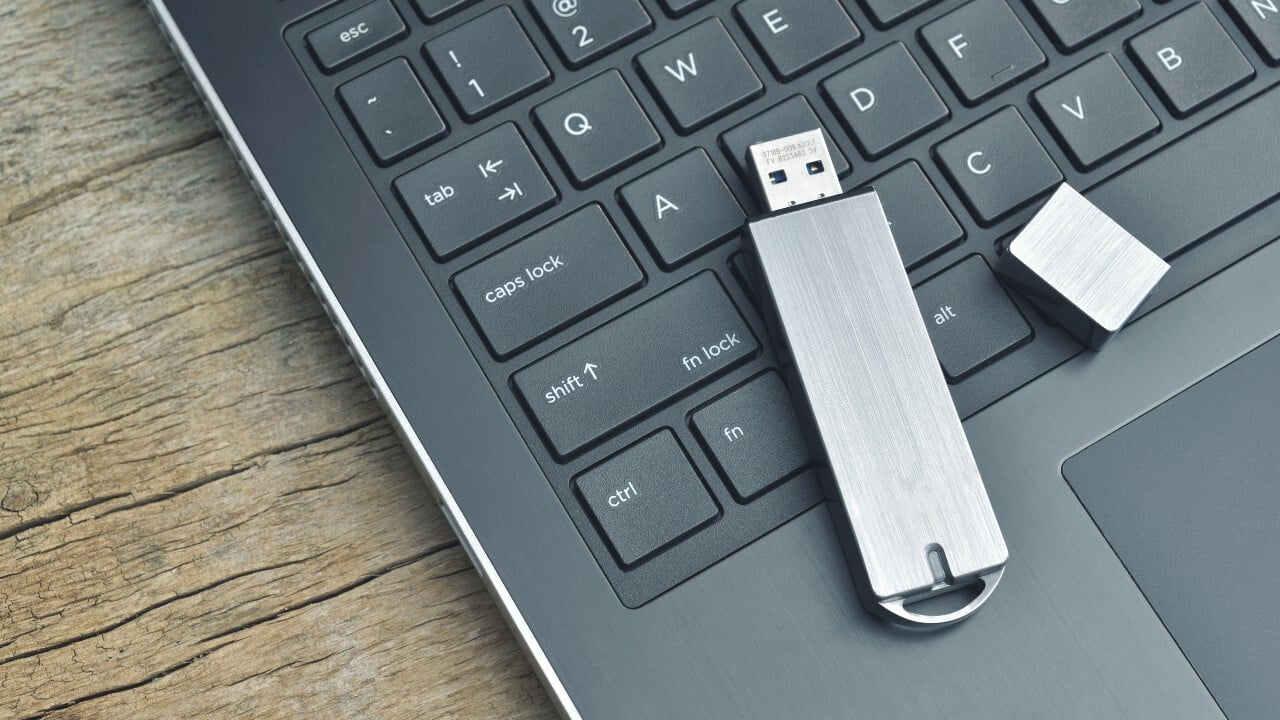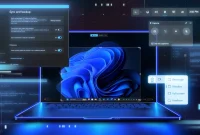Running Windows from a USB drive allows you to carry a portable version of the OS that can boot on different computers. Here’s how to set it up:
Method 1: Using Windows To Go (Official for Enterprise, Workarounds for Home)
Windows To Go (WTG) is a feature in Windows Enterprise/Education editions that lets you install Windows on a USB drive. For other editions, third-party tools are needed.
Requirements:
- A fast USB 3.0/3.1/3.2 drive (32GB+ recommended, SSD-based preferred).
- A Windows ISO file (from Microsoft).
- A working Windows PC to create the bootable drive.
Steps (Using Rufus for Windows 10/11 Home/Pro):
- Download Rufus (https://rufus.ie/).
- Insert the USB drive (backup data, as it will be erased).
- Open Rufus, select your USB drive.
- Under “Boot selection,” choose your Windows ISO.
- Under “Image option,” select “Windows To Go”.
- Click “Start” and wait for completion.
- Restart the PC, enter BIOS/UEFI (usually F2, F12, DEL, or ESC).
- Set USB as the first boot device, save, and exit.
- Follow Windows setup (drivers may need manual installation).
Method 2: Using WinToUSB (Paid & Free Versions)
- Download WinToUSB (https://www.easyuefi.com/wintousb/).
- Run it, select your Windows ISO or installation DVD.
- Choose the USB drive as the destination.
- Follow prompts to install Windows on the USB.
- Boot from USB via BIOS/UEFI.
Method 3: Manually Using DiskPart (Advanced Users)
- Open Command Prompt as Admin.
- Run:
diskpart list disk select disk X (X = your USB drive number) clean create partition primary format fs=ntfs quick active assign letter=W exit
- Mount the Windows ISO, copy all files to the USB.
- Make it bootable using:
bootsect /nt60 W: (replace W with your USB drive letter)
- Boot from USB in BIOS/UEFI.
Notes:
- Performance: USB 3.0+ SSD drives work best; HDDs will be slow.
- Persistence: Changes may not save if not configured properly.
- Driver Issues: Some PCs may need drivers manually installed.
- Legacy vs. UEFI: Ensure BIOS mode matches your USB setup.
Would you like a guide for a specific version (e.g., Windows 11)?
Are you still running an older version of Windows on your PC? If you want to experience a modern operating system, try running Windows directly from a USB drive. To pull this off, you’ll need a few things, including a USB drive, a Windows license, and a utility program to create the bootable drive.
The major downside of booting from a USB drive is that Windows will run much slower than it does off your internal drive. For this reason, you’ll likely only want to use this in a pinch so you can access the OS and access certain apps. With Windows 10 support due to end in October 2025, you could use this as a temporary means to prolong the life of a laptop that can’t natively support Windows 11. Here’s how to set this up.
Download Windows ISO File
To start, you’ll need a USB flash drive with at least 16GB of free space, though 32GB is preferable. You’ll also need a license to activate Windows 10 or Windows 11 on the drive, which means you’ll need to purchase one or use an existing license associated with your digital ID. Sign into your current Windows computer and download the necessary ISO file that will be used to install the operating system onto the drive.
Windows 10: If you wish to run Windows 10, navigate to the Download Windows 10 website and scroll down to the Create Windows 10 installation media section. Click the Download Now button and save the MediaCreationTool .exe file to your PC, then double-click the file to install the program. In the program that appears, choose Access > Create installation media (USB flash drive, DVD, or ISO file) for another PC and click Next.



